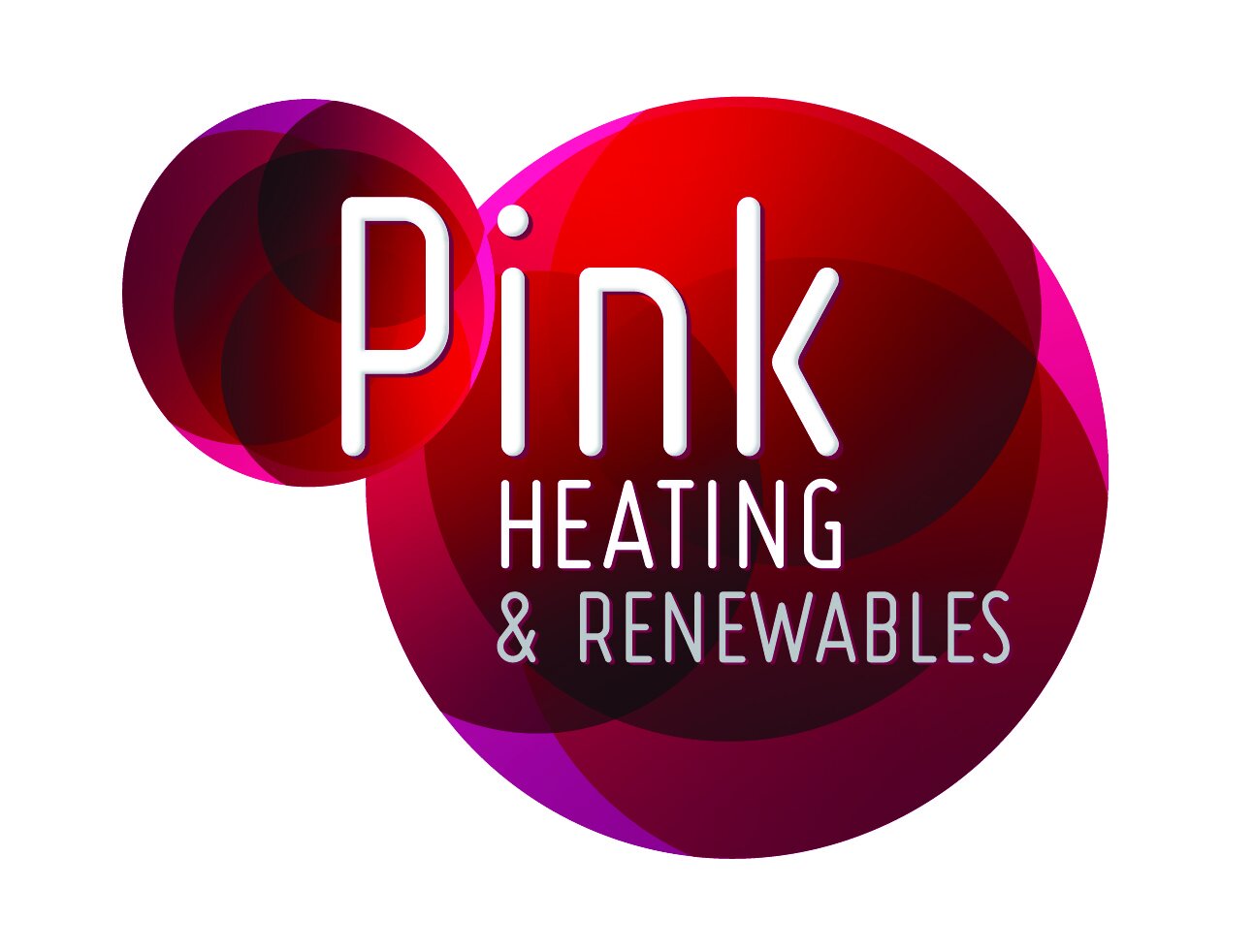
heat pumps explained:
Introduction:
“What is a heat pump?” A Heat Pump uses refrigerant technology to produce heating or cooling at an efficiency which has never before been seen. They can produce this energy from multiple sources be it air, water or the ground. The nature of these sources as its ‘fuel’ are the reason why the demand for such products has risen rapidly and continues to grow.
Replacing conventional heating methods such as gas and oil boilers heat pumps are being brought in due to the global demand for lower c02 levels and the UK’s carbon neutral goal by 2050. To speed up the process after 2025 any new build must be fitted with a renewable heating system.
Initially invented in 1856 by Peter Von Rittinger, it took many years to develop a sufficient model to maximise the output of such systems. It was not until the oil crisis in the 1970’s that caused a drift away from fossil fuels leading to a rise in installation throughout America for their dual action of heating & cooling.
What is a heat pump?
A Heat Pump uses refrigerant technology to produce energy for heating or cooling water and air at an efficiency which has never been seen before. They can produce this energy from multiple sources be it air, water or the ground.
How does a heat pump work?
Obtain:
Air. Run over a gas (R290) the outside air always carries thermal energy no matter how cold it may feel! This is transferred to the R290 gas which is then used to heat your house and hot water.
Ground. There are 2 types of ways to obtain energy emitted from the earth, bore holes (most common) which are dug by grounds work companies normally around a depth of 100m depending on the earths composites at that point. Slinkies are another avenue where the same depth isn’t required, instead they use much more land space as they require a high number of square meters.
Water. Similar to a ground source it gathers energy via a slinky or uses a water collector. Moving water is ideal for this and ground water stays around 7-12 degrees celsius even in the colder months. This is the most efficient type.
Process:
Once your heat pump has extracted its energy via one of the ways listed above it then moves the heated gas (R290) or brine (glycol mixed with water) to a refrigerant via a heat exchanger where the cool liquid becomes is warmed a becomes a gas. The R290/brine then cools and goes back into the initial extraction process.
The gently heated refrigerant gas then enters a compressor which increases the temperature dramatically, providing the energy required. (The magic part)
This high temp gas then runs through another heat exchanger where your water for heating and house uses is heated.
The refrigerant gas then cools and goes back into liquid form to restart the process.
Why use a heat pump?
GREEN. Firstly an eco-friendly heating system is necessary for our environment with legislation soon being passed making them mandatory in new builds.
COST. Running costs drop on average by 75%! With the RHI grant being available most of our customers see their instillation costs back over the course of 7 years.
Guarantee. We use Vaillant as they offer a 7 year warranty on their products with a very competent call out service they will be with you either same day or next for any issues that may arise. They also are leaders in their market for being outstandingly quiet and efficient.
If you would like some more information or would like to find out how much you could save by installing a heat pump please fill in the contact form using the button below.
